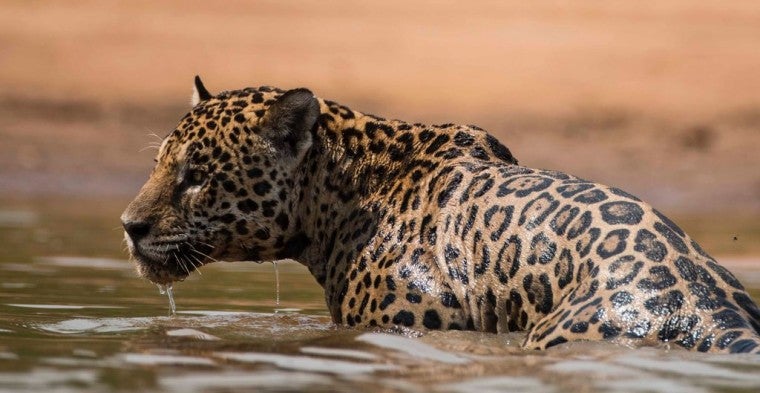The Convention on Biological Diversity’s Global Biodiversity Outlook IV paints a dire picture: We are destroying an unprecedented amount of habitat that plants and animals need to survive. We are overexploiting and overfishing the oceans. We are contaminating our water sources and putting pressure on critical habitats such as coral reefs. We illegally hunt and kill animals. We bring exotic species into habitats that lead to their destruction. The situation is so bad that some scientists have said we are headed toward a mass extinction of biodiversity.
Financial institutions have good reason to be worried about this and are trying to avoid or minimize the impacts on biodiversity in the projects they finance. To help this process, the IDB, along with other multilateral financial institutions worked with biodiversity experts Ted Gullison, Jared Hardner, Stuart Anstee, and Mike Meyer earlier this year to produce two guides. The first, “Good Practices for the Collection of Biodiversity Baseline Data” describes how to prepare a good biodiversity baseline study as part of an environmental and social impact assessment for projects. The companion document –“Good Practices for Biodiversity Inclusive Impact Assessment and Management Planning” describes how to use the baseline study to understand and manage impacts on biodiversity. These documents describe in some detail three key steps that can help reduce the impacts of projects on biodiversity.
First, understand the project and the area it impacts
When you build a new road, it is seemingly easy to see the direct impacts of construction. For example, opening the area for the road will destroy habitats and affect streams due to soil erosion. However, we shouldn’t forget the indirect or unintended impacts: roads may also alter access to surrounding areas, change where hunting, fishing, mining, and agriculture occur, and drive habitat loss over a much wider area than the footprint of the road. A biodiversity baseline study needs to describe not only the areas immediately around the project but also those areas affected by indirect impacts. The management plans must make sure that both kinds of impacts are considered.
Second, focus on the most important aspects of biodiversity in the area
Too often, in the rush to get an environmental and social impact assessment done, we neglect to talk to people who know the area, and so we miss the most important issues. I have read pages and pages about medically important insects in an area set to be deforested because this was the pet topic of the biodiversity specialist on the team. I also have read many studies that copy the results from a biodiversity study done elsewhere; I was once asked to review a biodiversity baseline study that included text from one of my own studies on a different location! I also have seen studies where the team clearly did not consult with local specialists and so missed critical biodiversity elements. A good biodiversity baseline study and impact assessment should provide the information needed to make decisions that avoid, minimize or compensate for impacts on biodiversity.
Third, focus field efforts on key questions and gaps in information
An environmental and social impact assessment does not require an expensive and lengthy All Taxa Biodiversity Inventory – where all the species in an area are inventoried. Once we know what kinds of impacts the project may have and know the most important biodiversity features in the area, we can better define the kinds of studies that we should be doing. If you are dealing with a hydropower project in the piedmont of the Andes, you would want to look for endemic and migratory fish species, to see the kinds of habitats that might be affected by the reservoir, to understand how the access roads may change resource use in the area, and understand the downstream aquatic and riparian habitats that might change with the project. Of course, each project is a special case, and given the complexity of tropical systems, there may be surprises as we get to know the project area better. In many projects, we have found new species of fish, lizards, and frogs during our due diligence and have needed to be flexible and learn more about their distribution and conservation status.
The Global Biodiversity Outlook IV report shows that the major drivers of biodiversity loss include not only our burgeoning consumption and waste generation, but the very types of projects that financial institutions fund. Improving our ability to understand and manage biodiversity impacts in projects is a key step to avoiding and minimizing these impacts. I hope that by reading and applying these new guides, we can contribute to preserving the world’s biodiversity.
Subscribe to our blog for the latest newsletter.


Leave a Reply